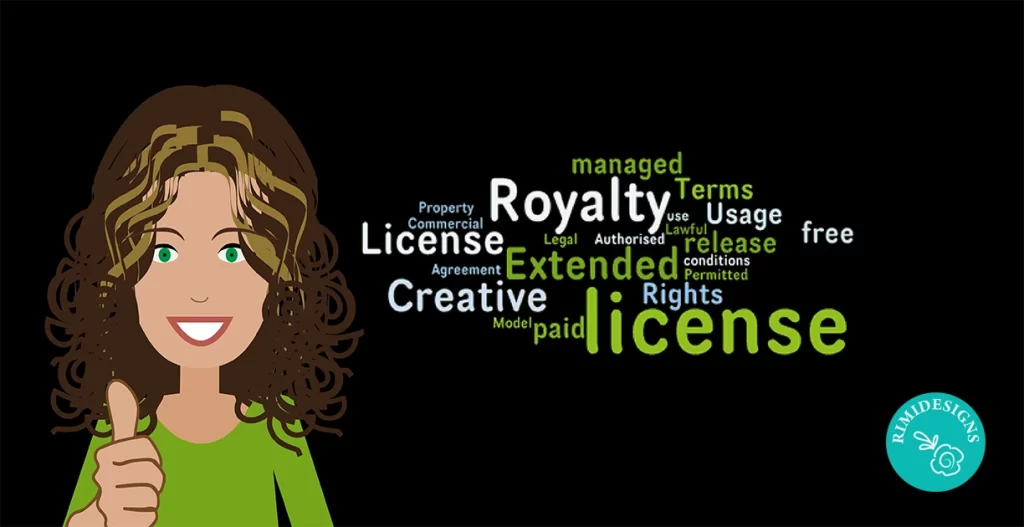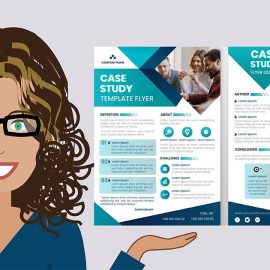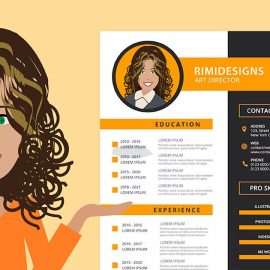
A Guide to Stock Image Licences
Whenever you use a stock image, it is crucial to understand the licencing terms associated with it. Otherwise, you could land yourself – or your client – in very hot water, legally speaking.
Unfortunately, like many legal documents, licencing agreements can be virtually indecipherable to the average reader. Making matters worse, the terms oftentimes vary from site to site. Just what is the difference between a regular and extended licence? What exactly constitutes “licencee work” and what does a “multiseat” licence mean?
Never fear! Here we’ve defined all of the key licencing terms for stock images you’ll need to know. Memorise these and you’ll be equipped to protect yourself and act professionally whenever using third party images.
General risk and liability
One of the main reasons to use legitimate stock image agencies, rather than deal directly with artists or lesser-known sites, is that the agencies have your back in case any legal trouble should arise. They are typically able to vet the images that their artists submit, and they often promise that, in case anything copyrighted or otherwise illegal does slip through and you get in trouble for it, the agency will do its best to cover your legal costs.
Know these terms:
Indemnity
Protection from financial harm. Stock sites are able to indemnify their users to a high degree.
Legal guarantee
This refers to the promise that an agency will reimburse you in the unlikely event that you get in trouble for using one of its images. Some sites, like iStockPhoto, automatically offer a standard legal guarantee which promises to reimburse you up to a certain amount ($10,000 for iStock), but also allow users to purchase an extended legal guarantee for an additional cost, which promises reimbursement up to an even higher amount ($250,000 for iStock).
Types of licences
Most stock websites offer the following types of licences:
Rights-managed
This licence involves the most restrictions. The stock site will need to approve you and your client’s exact intentions for the image and may place restrictions on aspects, like the geographical areas in which you are permitted to distribute the image, the size of your print run, the time frame in which you are able to use the image, and so forth.
Typically, rights-managed licences are also exclusive, which means that only one person can buy the image at a time and that person has sole rights to use the image. That also typically makes this type of licence more expensive. This is in contrast to non-exclusive licences, which allow an image to be purchased and used by thousands of clients all over the world at once, and are cheaper for this reason.
Royalty-free
With a true royalty-free licence, once you buy the image, you are free to use it again and again, as much as you want at no further cost. As such, royalty-free images are almost always cheap and non-exclusive, as opposed to rights-managed ones.
In general, the terms “stock image” and “clipart” imply royalty-free (rights-managed images will probably not be called by these names), but this is not always the case, so you should make sure.
But make no mistake. Royalty-free does not mean restriction-free. Many sites claim to offer royalty-free images but still impose a number of restrictions on things like, whether you are allowed to use the image for commercial (profit-driven) purposes, the size of the print run allowed and whether you can use the image for certain resale items like prints, calendars, mugs, mouse pads, etc.
Always verify your client’s intentions so you can determine which licence to purchase.
Key definitions
When reading through the terms of different types of licences to determine which one you want, you will likely come across the following basic terms. You should understand all of them:
Licencee
The party who is directly purchasing the licence to the image. This could be you, the designer, or it could be your client. The client is the party who is ultimately trying to profit from the image.End-user
The end-user is the last person who the image is intended to reach. If you are buying an image so you can print it out and pin it on your wall, then you are the end-user. If you are a designer who is incorporating the image into a more elaborate poster for a client to pin on her wall, then the client is the end-user. If you are a designer who is incorporating the image into a book cover for a client, who is aiming to sell his book to customers, then the customers are the end-users.End-product
Similar logic here. It is the ultimate product on which the image will appear.Licencee work
As opposed to just the image itself, sometimes referred to as a standalone image, licencee work is what results when you incorporate the image into a larger design that involves independent skill and effort, whether it be a book cover, poster, package or whatever.
Any stock image that is not free will probably specify that, as a designer, you are only allowed to hand over licencee work to your client — you can’t just distribute the image itself, because that would impact the agency’s ability to make a profit.Print-on-demand products
Sometimes called “build-it-yourself products”, this refers to marketplaces where users can make their own item, like a t-shirt, greeting card, mug, etc., by drawing from a set of available images. Many stock agencies forbid the use of their images in this manner.
Terms of use
Now that you have your basic definitions, you can get familiar with some key terms of use that tend to come up in different types of licences.
Single-seat
Refers to licences that allow only one person to download the image onto their computer. Multi-seat licences allow a specified greater number of people (usually 3 – 5) to download the image, useful for agencies with multiple designers working on a single project, for example.Single application
One end product, one end user. Imagine a vanity poster, edition of one, that is just going to go up on the client’s wall.Multiple application
One end product, multiple end users, like a website.Multi-domain
One client, multiple end products. Imagine a single client who wants to use the stock image across various parts of company branding: website, brochures, packaging, etc.Multiple client
Pretty self-explanatory. This is the case for many royalty-free stock images. Once you download it, you can use it for as many clients as you like, as long as their respective intentions don’t conflict with the other licencing terms.Editorial use
Some images have licences that allow for editorial use only — for printing in newspapers, magazines, etc. to illustrate an article, not to try to directly sell something. This is in contrast to commercial use, where the image is used to try to sell something (book cover, packaging, what have you).Resale
Refers to commercial use cases, where the image is used on an item that will in turn be sold to consumers, like a book cover. Not all commercial use necessarily involves resale, though.
Conclusion
Always use official stock image sites. Otherwise you expose yourself to greater liability. If you find a really great image for “free” download on an unknown site, you can bet it is too good to be true.
Don’t treat the “royalty-free” designation as a blank check because even royalty-free images often entail a breadth of restrictions.
Remember that every client’s needs are different. Always run your images by the client so they can see if they need to purchase an extended licence or some such add-on for their intended purposes.
SOURCE: 99 Designs



![[VIDEO] How to Turn Photos Into Line Art With Adobe Illustrator Rimidesigns Line Art](https://www.rimidesigns.com.au/WPsite/wp-content/uploads/2023/11/Rimidesigns-Line-Art-270x270.jpg)